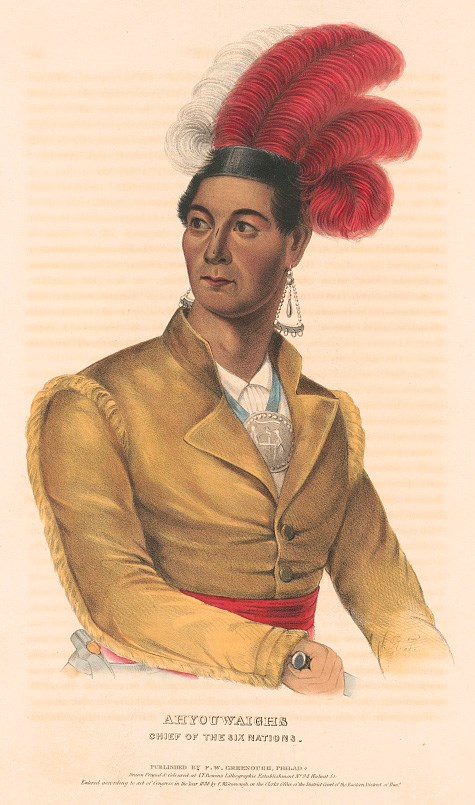Part of a series of articles titled Selections from Historic Contact: Early Relations Between Indian People and Colonists in Northeastern North America, 1524-1783.
Article
Historic Contact in the Northeast: Part III

Collections of the Library of Congress. https://www.loc.gov/item/2003656337/
Selections from the National Historic Landmark Theme Study
By: Robert S. Grumet, National Park Service, 1992
Historic Contact in the Northeast Part III
Impelled onward by vigorous political ideologies and compelling spiritual beliefs, most looked to their numbers, iron axes and plows, and newly-developed guns, sails, and ships to overcome the land and its original inhabitants. No matter how strong their belief in themselves and their tools, most ultimately had to adjust to prevailing conditions. And, although they belonged to societies reckoning populations in the millions, settlers trying to colonize Indian lands neither instantly nor invariably outnumbered native people. Although they subsequently achieved preponderance along a narrow strip of Atlantic coastline by the middle years of the 1600s, they did not enjoy numerical superiority everywhere in the region. People of African origin became majority populations in many parts of Chesapeake country during colonial times. Farther west beyond the Appalachians, native people overwhelmingly outnumbered newcomers up until the end of the American War of Independence.
No matter what their numbers were, Indian people possessed their own considerable resources in the contact encounter. First and foremost, nearly every Indian community maintained the ability to feed, cloth, and shelter its members throughout the contact period. Most, moreover, maintained consensual forms of governance responsive to their wants and needs. Indian leaders skilled in consensual politics struggled to preserve the health and welfare of their people by cannily bargaining with strangers and by playing foreign rivals off against one another. Civil chiefs schooled in the skills of forest diplomacy, such as the Powhatan paramount werowance Wahunsunacock, the Eastern Abenaki chief Madockawando, Hackensack sachem Oratam, and noted Onondaga orator-diplomats Daniel Garacontie and Teganissorens, tried to secure advantages for themselves and their people while stemming the tide of colonial expansion. Striving for peace, they continually reminded strangers that their warriors and military leaders could be formidable adversaries in battle. And when more peaceful expedients failed, war chiefs such as Pontiac and Joseph Brant led warriors using weapons and tactics adapted to the conditions of forest warfare in combat with their enemies.
Like newcomers, Indian people were also able to draw upon considerable spiritual resources. Most continued to honor the ways of their ancestors during the first centuries of contact. As things changed, prophetic reformers, such as the Delaware prophet Neolin, and native missionaries such as Presbyterian Mohegan minister Samson Occom, recast old beliefs or brought promises of new religions to embattled believers.
Even in defeat, with prophets discredited and leaders killed or compromised, many Indian people were able to avoid domination or destruction by moving away to places beyond the limits of colonial settlement. Settling among other Indian people or establishing expatirate communities of their own in places like northern New England, the Ohio Valley, and the Great Lakes, many exiled native Northeasterners continued to resist foreign attempts to dominate, destroy, or drive them away for decades after the War of Independence ended.
Unable to completely determine the scope or impact of contact developments, natives and newcomers alike struggled to adapt themselves to changing and uncertain conditions. Forced to adjust to the realities of their situation, Indians, Europeans, and Africans continually moved tools, goods, and ideas back and forth across cultural divides crisscrossing the region. As they moved, many of these things came to be used in new, different, and unforeseen ways while others found similar employment everywhere. In these and other ways, contact between these people released a stream of ideas, products, and people that continues to flow back and forth undiminished across the Atlantic Ocean. Whether it is seen as an invasion or a case-study in symbiotic relationships, this “Columbian Exchange” transformed the world as it brought people on both sides of the Atlantic into a wider world than any known by their ancestors.
Last updated: May 16, 2019
